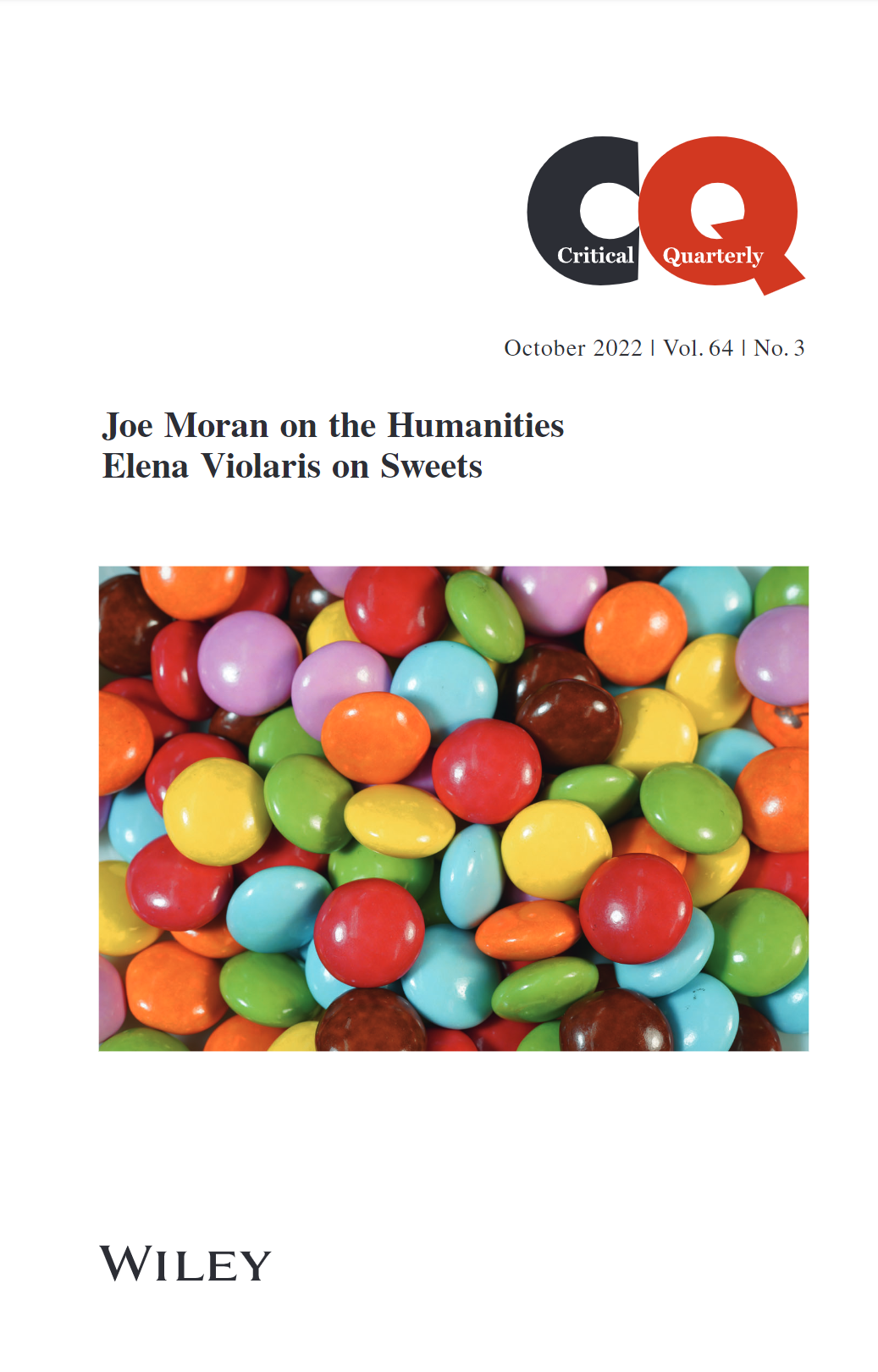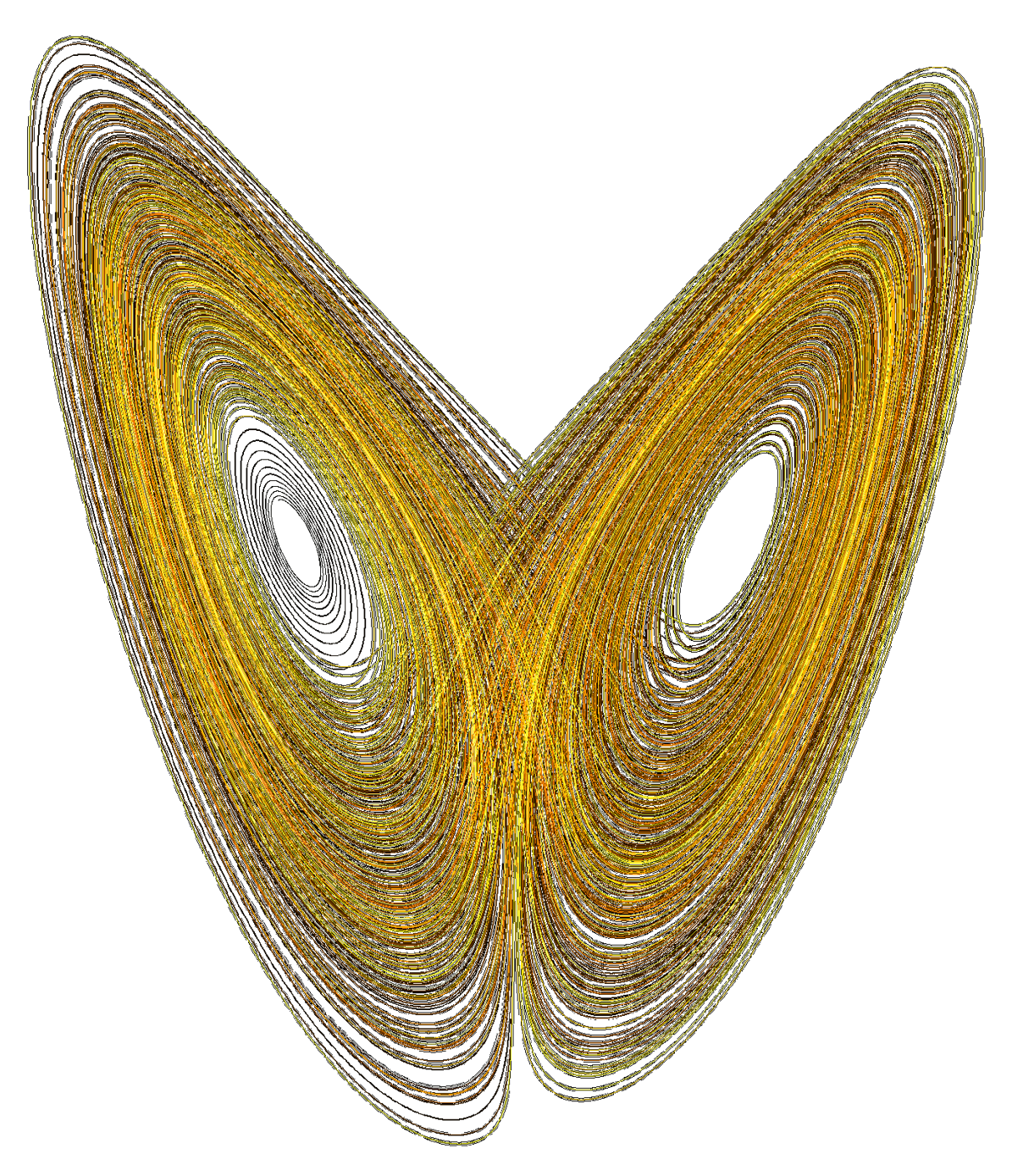Women: a cultural review, 2024
“The answer always comes to me spatially”: Jennifer Egan’s Architectural Imagination (Interview)
Jennifer Egan’s novels demonstrate an acute engagement with architecture and spatiality: the funhouse in The Invisible Circus (1994), the ‘mirrored room’ in Look At Me (2001), the gothic castle and prison in The Keep (2006), the naval yard in Manhattan Beach (2017), and, on a formal level, the spatially innovative chapters in A Visit From the Goon Squad (2010) and The Candy House (2022). In this interview, Egan discusses how spatiality influences the ways in which she conceptualises her work and describes particular inspiring architectures. The interview also discusses the relationship between spatiality and games, from Dungeons and Dragons to baseball, exploring the practical and figurative potential of play in Egan’s writings.
Baudrillard NOW, 2024
One More Spiral in the Simulacrum: Jean Baudrillard’s Games with Reality
While Baudrillard’s theory of simulacra famously argues that it is no longer possible to make a meaningful distinction between representation and reality, these distinctions are concurrently evoked in the process of their cancellation. This essay argues that an engagement with ontological levels acts as the absolute value of Baudrillard’s argument, performing an explanatory function. Despite his assertion that the contemporary condition is characterised by one-dimensionality, Baudrillard constantly uses geometrical imagery: a vocabulary of dots, circles and bubbles. Such imagery retains the inside-outside dialectic that Baudrillard ostensibly negates. I propose that Baudrillard’s writing reveals a distinction between ontological levels from a local perspective while asserting their global equivalence: a pattern encapsulated by Douglas Hofstadter’s strange loop, which offers a way of reconciling paradoxes in Baudrillard’s rhetoric.
To cite: Violaris, Elena, ‘One More Spiral in the Simulacrum: Jean Baudrillard’s Games with Reality’, Baudrillard NOW, 5.1 (2024), 48–64
James Joyce Quarterly, 2023
Induction, Deduction and Visual-Spatial Perception: The Finnegans Wake Intelligence Test
Finnegans Wake makes intense demands on its readers’ intellectual energies, and I propose that the text brings our cognitive reasoning capacities to the foreground by putting them to work. In this, the Wake resembles an intelligence test, calling upon abilities of deduction, induction and visual-spatial perception. Using deduction, readers draw upon existing linguistic paradigms in order to make sense of Joyce’s neologisms, while induction involves identifying patterns created by the text itself. Moreover, “characters” such as HCE are often denoted only by the appearance of these letters, activating pattern-recognition skills. Identifying these references is not the end-point of studying the Wake; dissecting Joyce’s text into an inventory of allusions would dissolve its artistry. Instead, discerning familiar elements in Joycean innovations is a fluid and ongoing process, where the manifestation of one’s cognitive processes constitutes an aesthetic effect.
To cite: Violaris, Elena, ‘Induction, Deduction and Visual-Spatial Perception: The Finnegans Wake Intelligence Test’, James Joyce Quarterly, 60.4 (2023), 550–566
Critical Quarterly, 2022
The Sweet Shop and the Toy Shop: Consumption, Sign and Play in the Confectionery Industry
Confectionery engages a double consumption: economic (buying) and physical (ingesting). As the epitome of processed food, it lies on the boundary between consumable and non-consumable objects, and I propose that the dynamic governing this consumption is play. Following Jean Baudrillard’s conception of the ludic, games of choice are played in selecting between superficially distinct but substantially homogeneous items, as confectionery has become increasingly semiotically complex. However, if the item being consumed is a series of signs, then the object is never depleted, opening up the possibility that energy is exerted in the opposite direction: that the consumer is being consumed.
To cite: Violaris, Elena, ‘The Sweet Shop and the Toy Shop: Consumption, Sign and Play in the Confectionery Industry’, Critical Quarterly, 64.3 (2022), 107–126
Shakespeare, 2021
An Undoing of Pattern or a Pattern of Undoing? Sin, Folly and Chaos in Shakespeare’s King Lear
The opening of King Lear evokes a series of mathematical operations: Lear seeks a multiplication of love in exchange for the division of the kingdom, but rejects the equals sign given to him by Cordelia in pursuit of the triangular “more than” offered by Goneril and Regan. These are the signs that comprise the play’s inventory, articulating a complex equation whose effects reverberate throughout the play. Drawing upon analogies from contemporary chaos and complexity theories, I read the play world of Shakespeare’s King Lear as a complex system which demonstrates features including disproportionality between cause and effect, and patterns which are, to borrow James Gleick’s description of chaotic structures, “locally unpredictable, globally stable”. I map these patterns onto the distinction between sin and folly in the play, outlining how Lear’s foolish actions in the opening scene catalyse a chain of disproportional consequences. These events are experienced as “locally unpredictable” disorder by characters described as possessing the attribute of folly, but the sinful characters including Goneril, Regan and Edmond participate in a complex and “globally stable” order. Lear’s apparent undoing of pattern is, on another level, a pattern of undoing.
To cite: Violaris, Elena, ‘An Undoing of Pattern or a Pattern of Undoing? Sin, Folly and Chaos in Shakespeare’s King Lear’, Shakespeare, 17.2 (2021), 165–183
Critique: Studies in Contemporary Fiction, 2019
The Semiotics of Emoji: Infinite Jest and the Yellow Smiley Face
“Infinite Jest” is an appropriate caption to the yellow smiley face: fixed, static, and permanently happy, it is a jest that never ends. The cultural history of the yellow smiley face indicates a semantic shift since its invention in 1963, from sincere positivity to an ironic association with false pleasure and consumerism. David Foster Wallace takes the latter as his starting point, making the face a sign of the counter-cultural terrorist organization A.F.R.. Yet the role of the smiley face in Infinite Jest is not only semantic but structural; its appearance in unrelated points of the narrative reveals the extradiegetic force plotting the patterns of the text, connecting various parts of the novel. The privileging of form of over meaning is associated with Avril Incandenza, who embodies the smiley face in this capacity: she connects rather than refers. Like contemporary emoji, Avril’s smiley face performs a linguistically “phatic” function, involving facilitation rather than semantics. Nevertheless, the yellow smiley face taps into Wallace’s wider project of writing sincere fiction, and the solution to the formalistic smiley face of Avril is the sincere smiley face of Mario: a sign where form and content are aligned.
To cite: Violaris, Elena, ‘The Semiotics of Emoji: Infinite Jest and the Yellow Smiley Face’, Critique: Studies in Contemporary Fiction, 61.2 (2019), 193–205
Durham English Review, 2018
Imagining imagination in Charlotte Brontë’s Jane Eyre, Shirley and Villette
Charlotte Brontë’s interest in imagination is reflexive; she creates vivid imaginations for her characters, and plays with their awareness of being imagined. The recurrence of Brontë’s own imaginative stimulants in the imaginations of her characters suggests an infinite regression; objects inspire, are imagined and then re-imagined in an attempt to fathom the mystery of their inspiration. This mystery can be illuminated by considering Brontë in the context of Romantic aesthetic discourse and Kant’s notion of transcendental ideas. In this essay, I employ Kant’s distinction between beauty and sublimity to make sense of Brontë’s famous ambivalence towards imagination. Furthermore, I discuss the nuances of Brontë’s differentiation between the formless impulse of inspiration, the loose connection of ideas in Coleridgean ‘fancy’ and the conscious crafting of art.
To cite: Violaris, Elena, ‘Imagining imagination in Charlotte Brontë’s Jane Eyre, Shirley and Villette’, Durham English Review, 5.1 (2018), 1–36






